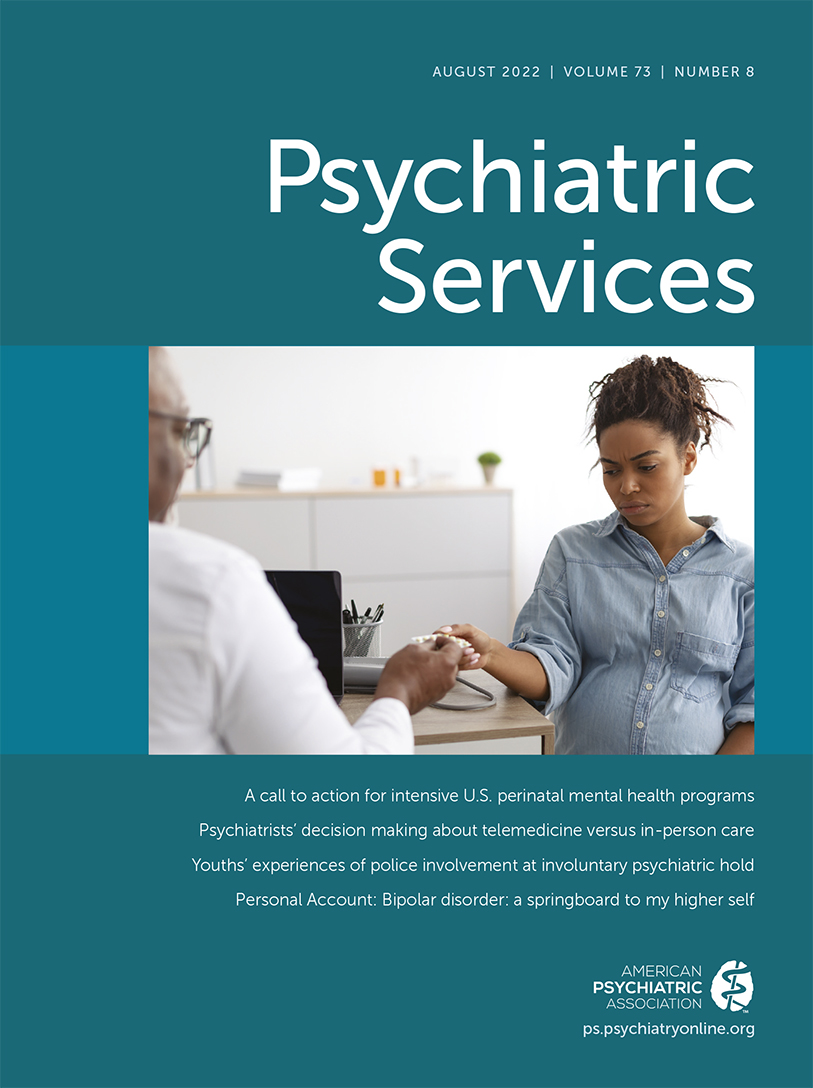Housing Outcomes of Adults Who Were Homeless at Admission to Substance Use Disorder Treatment Programs Nationwide
Abstract
Objective:
Substance use disorders affect 30%−50% of single homeless adults, and specialized homelessness service programs enable homeless persons to exit homelessness at rates of about 80%. However, many such adults are treated in substance use disorder treatment programs. This study examined housing outcomes in these programs.
Methods:
Data from the Treatment Episode Data Set: Discharges database were used to examine housing status at discharge from substance use disorder treatment programs of adults who were homeless at admission. Associations of outcomes with sociodemographic characteristics, treatment programs and processes, and clinical variables were further evaluated with bivariate and multivariate logistic regressions. Odds ratios of ≥1.5 or ≤0.67 were considered meaningful.
Results:
Of 1,200,105 persons admitted to the programs, 192,838 (16.1%) were homeless at admission; 68.7% remained homeless at discharge, 16.3% were discharged to dependent housing, and only 15.0% were discharged to independent housing. Factors associated with remaining homeless included being age ≥55 years, being unemployed, admission for detoxification (vs. rehabilitation or residential treatment or ambulatory treatment), shorter stays, and program noncompletion. Factors associated with discharge to independent versus dependent housing included employment, admission to nonintensive outpatient treatment, and, unexpectedly, shorter stays.
Conclusions:
Most adults experiencing homelessness at admission to substance use disorder treatment programs remained homeless at discharge, and only half of those no longer homeless were independently housed. These outcomes are considerably worse than outcomes typically reported by specialized homelessness service programs. Evidence-based service models that support exit from homelessness could be provided through augmented internal programming or links with specialized programs.



